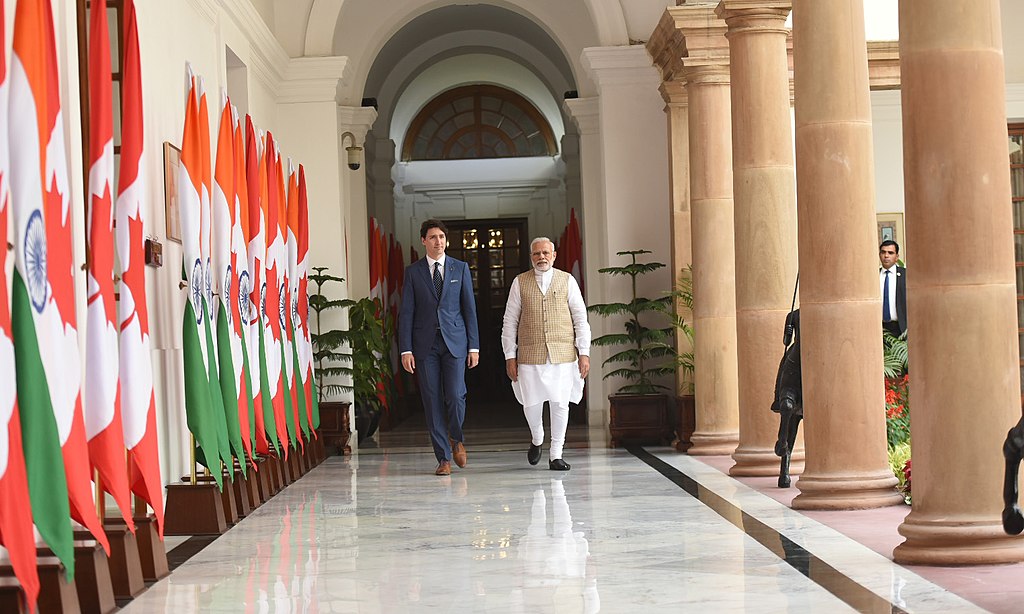This is a summary of the original article by Lindsay Maizland that may be found here
The Paris Agreement, also known as the Paris Climate Accord, is a legally binding international treaty that was adopted by the United Nations Framework Convention on Climate Change (UNFCCC) in December 2015. The treaty aims to limit global warming to well below 2 degrees Celsius above pre-industrial levels, with a goal of limiting it to 1.5 degrees Celsius. The Paris Agreement is the first legally binding global agreement to combat climate change and address its impacts.
The Paris Agreement is a comprehensive plan that addresses both mitigation and adaptation to the effects of climate change. Mitigation refers to actions taken to reduce greenhouse gas emissions and slow the pace of global warming. Adaptation refers to actions taken to prepare for and respond to the impacts of climate change that are already occurring or are projected to occur in the future.
The Paris Agreement requires countries to submit Nationally Determined Contributions (NDCs) outlining their plans to reduce emissions and adapt to climate change. These NDCs are reviewed and updated every five years to ensure that countries are on track to meeting the goals of the Paris Agreement.
The Paris Agreement also established a global goal of achieving a balance between sources and sinks of greenhouse gases in the second half of this century, known as “climate neutrality”. This means that the amount of greenhouse gases emitted would be roughly equal to the amount removed from the atmosphere.
The Paris Agreement also established a mechanism known as the “Transparency Framework” to ensure that countries are held accountable for their emissions reductions and adaptation efforts. The Transparency Framework requires countries to regularly report on their emissions, mitigation and adaptation efforts, and to have those reports independently reviewed.
The Paris Agreement also established the Green Climate Fund (GCF), which is intended to provide financial support to developing countries to help them reduce emissions and adapt to the impacts of climate change. The GCF is intended to mobilize $100 billion per year by 2020, but it is still far from its goal.
The Paris Agreement is widely seen as a major step forward in the global effort to combat climate change. It represents the first time that nearly all countries have agreed to take actions to reduce emissions and adapt to the impacts of climate change. However, the Paris Agreement is not a panacea, and much work remains to be done to ensure that the goals of the agreement are met.
In addition, the United States, the second largest emitter, under the Trump Administration withdrew from the agreement. However, the new Administration of President Biden has announced that US will rejoin the Paris Agreement. The Paris Agreement shows the willingness of countries to work together to address the global threat of climate change, but it will take significant effort and commitment from all nations to achieve the goals of the agreement.
The views expressed herein may not necessarily reflect the views of JI FAD and/or any of its affiliates






